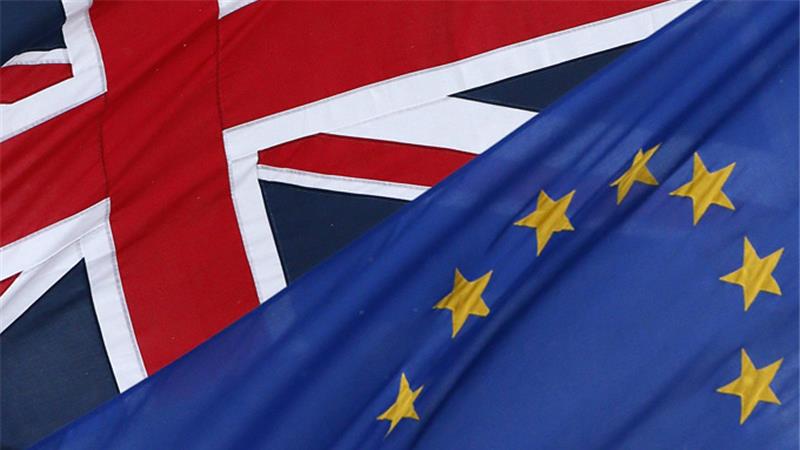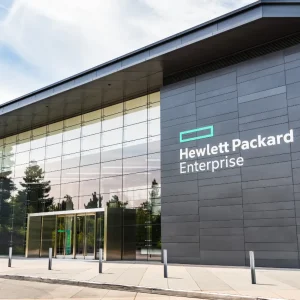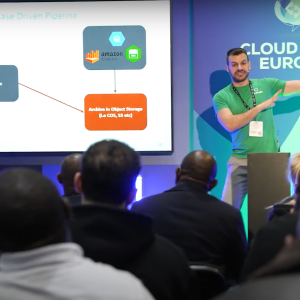
It has been a long and no doubt testing month for chief information officers as they seek to understand the implications of Brexit. For many it will pose a significant operational challenge. But for those who can lift their heads from contingency planning and take a more strategic view, it should also present opportunities.
What are these gems and where can they be found? The essential point for CIOs is to look past their immediate organisation towards the trends and currents stirring within their particular industry, the digital sector and out into the wider economy.
The opportunity First, Brexit may open up opportunities to work with, and acquire, start-ups and potential disruptors. Niche businesses that were having no trouble attracting private equity and venture capital money two months ago may now be seeing interest drop off.
My colleagues in KPMG’s Debt Advisory business have plenty of anecdotal evidence that many funds are sitting on the sidelines while things settle down.
Bold CIOs will use this to get a jump on the competition.
In particular, foreign investors have a real opportunity with the pound dropping around 10% against both the euro and dollar.
So how can they identify these opportunities? My advice would be to start raising this issue with the rest of the board. It is no use locking yourself in a room to think this one through. Only by talking to other executives can you build a map of interesting targets and establish how interesting they are to you – based on the maturity of their offering – and how interesting you are to them – based on where they might be in their funding life-cycle.
UK becomes near-shore destination?
The CIO’s second Brexit-related opportunity is to secure talent. Again, it is too early to discern the exact impact of Brexit on the economy, but most economists have slashed growth forecasts for 2017.
That means we will probably see a slowdown in recruitment and some job losses. The most-forward looking organisations will use this unsettled job market to get out in front of the competition and build capability.
Intriguingly, the CIO of one major European corporate told me last week that he was shifting his view of the UK from ‘relatively high-cost operation’ to one that has skills and is now also becoming more relatively priced. “If I’m looking where I can acquire skills, I know they are in the UK, and now they have just got cheaper,” he told me. “I’m thinking: ‘how many more people I could put there versus the rest of Europe’”.
We know the UK has as many highly-skilled digital professions as just about anywhere in Europe – employees with agile skills and DevOps, data scientists, enterprise architects and cyber security specialists, as our recent survey of CIOs makes clear. Is the UK about to become a destination for corporates to near-shore technology skills and digital work? Time will tell.
The challenge
Alongside the strategic opportunities, the CIO must still address the immediate, medium and long term risks that Brexit presents to the organisation – and crucially, that the board fully appreciate the fundamental importance of technology in their overall Brexit response.
Staff may be feeling uneasy about the prospects for the business as or their own place within it if they are from the EU.
Equally, firms heavily dependent on foreign expertise may be worried about losing those staff or attracting talent from countries in the EU until a clearer picture on immigration and the right to work emerges.
Check your maths
The organisation may delay or even cancel strategic decisions and large funding approvals, so be prepared for this and the implications this could have on technology spend.
The movement in sterling will also have an effect if you are not hedged against foreign exchange movements, so you will need to re-calculate and possibly re-budget planned projects and business cases, the buying of software, services and hardware and what foreign-based teams might be costing.
How does Brexit affect the regulatory picture?
For now the message is ‘as you were’. EU rules will remain in place until any final exit agreement and that probably will not come until 2019. The most important of these is the General Data Protection Regulation (GDPR2 ) – the toughest data protection rulebook ever drafted.
The regulation, which puts the onus on organisations to guard and manage people’s personal data, comes into force in May 2018 – before the UK’s exit. In any case, even outside the EU, the UK and UK-based firms will want to trade and exchange information with the EU so they have no choice but the adhere to the GDPR.
It is unlikely that there will be a requirement to repatriate data to the UK post exit but in order to trade with the EU, the UK will, at a minimum, need to operate within an “adequate Data Privacy ecosystem” comparable to the European GDPR.
No better time
All these factors will introduce financial, operational and regulatory risk to your IT supply chain. A weaker economy could threaten the very viability of some suppliers. That makes it vital that you talk to the Risk team in-house, as well as suppliers externally, to identify and work through vulnerabilities.
The fallout from Brexit will test CIOs and their operations – no question.
It will put a strain crumbling systems, expose confused governance and raise questions about ‘the way we have always done things’.
That leads me to a blindingly simple conclusion: has there ever been a better time for CIOs to drive out complexity, simplify IT architecture and improve services?
Most of the business community did not want the referendum to go the way it did, and CIOs are now set for a stressful couple of years.
Nevertheless, with effort and clear thinking, Brexit could yet be the thing that delivers them their proudest legacy.
See next page for the detailed checklist and advice






